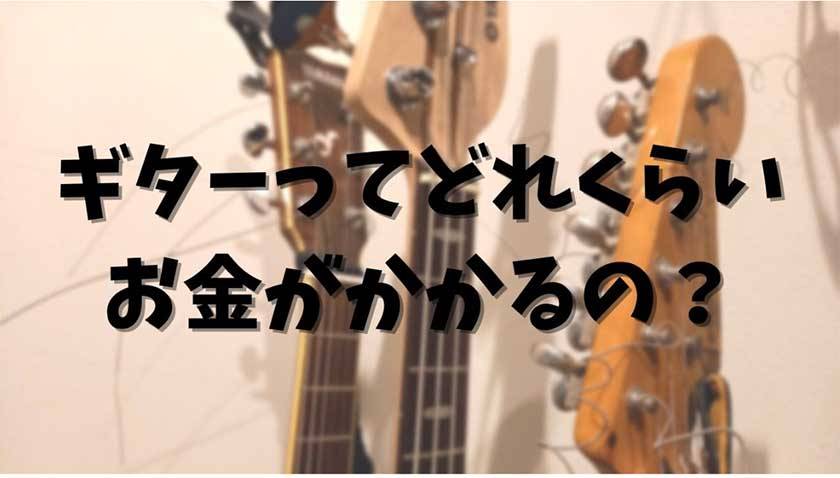
The first thing that people who are looking to start playing guitar are probably wondering is how much everything will cost.
In addition to the price of the instrument itself, you will also need an amplifier and effects pedals.
Making a hobby of playing a musical instrument means that you will have to put aside a certain amount of money for it.
Of course, it depends on how particular you are and what goals you are aiming for, so it’s impossible to say that you will have to fork over 100,000 yen.
Therefore, I have drawn the line at [the point where I form a band and release a soundtrack of my own original songs].
The standard is too high until you become a professional, and it is too soon until you do your first live performance. I may sound a little too frank, but I imagine that it’s a medium-level amateur band.
Guitar Body
The guitar is probably the most widely sold introductory set.
Although the popularity of drums has gradually gone down in recent years, it is still a very popular instrument, as evidenced by the large number of sets sold. However, it is difficult to continue playing with only a beginner's set of guitars, and it should be considered only as a simple set to start with.
Electric guitars
Electric guitars are inexpensive, with some overseas-made guitars costing as little as 10,000 yen, and their quality is improving year by year.
Most guitars in introductory sets are in this price range.
However, even if they are suitable for sub use or as a mod guitar, only a few people continue to use them as their main guitar. Noise, tuning accuracy, and other aspects of the guitar are lacking due to the use of price-appropriate components.
Many people find guitars in the 50,000 yen class to be practical and free from the stress of very cheap products.
Yamaha's Pacifica series is a famous guitar in this price range.
YAMAHA / Pacifica611HFM TBL Electric Guitar PACIFICA
The Pacifica 611HFM is a guitar that is used by many amateur guitarists in the mid-level bands.
Few people choose their main instrument based solely on the price, and those who do tend to choose guitars priced at 100,000 yen or more as their main instrument.
Acoustic Guitar
When you’re in a band, you will have opportunities to play songs where you want an acoustic guitar sound.
Many guitarists have an acoustic guitar even though their main guitar is an electric guitar. For a band, an electric acoustic guitar with pickups is easy to use, and an acoustic guitar is more popular than a model without pickups.
Like electric guitars, they can be bought for less than 10,000 yen, but again, practical ones start from the 50,000 yen range.
I personally recommend YAMAHA's CPX series.
This is another YAMAHA guitar, but I'm not a YAMAHA person.
The CPX700II is equipped with pickups that pick up the sound of the body nicely, so it can produce a natural acoustic guitar sound.
The guitars themselves are also carefully made and are easy to play with few individual differences.
Amplifier
An amplifier is necessary to produce the sound of an electric guitar.
The sound varies greatly depending on the amp, so many people bring their own amps to play in studios and live houses.
However, amplifiers that can produce a loud sound tend to be expensive and heavy, and they are not easily available. The hurdle is especially high for those who often travel by train or bus.
If it is physically difficult or if you want to keep costs down, you should consider an amp as something you use for home practice.
Guitar amplifiers are always available at studios and live music clubs.
You can get a home-use amp for as little as 10,000 yen, and there are also many products like VOX's Amplug2 that allow you to enjoy the amp sound through headphones.
VOX / Amplug2 AC30 Headphone Guitar Amplifier
Effects Pedals
While a manly setup with just a guitar and an amp is cool, the role of the electric guitar is basically to change the sound and add color to the band's sound through effects pedals.
One way to do this is to use several compact effect pedals with different effects, but a multi-effects pedal that combines several effect pedals into one is a great way to experiment with many sounds at an affordable price.
Zoom's multi-effects pedals in particular have a reputation for sounding great and they’re a great price.
In the past, I often heard that they had the reputation of being “cheap and multifunctional, but the sound is...” however this is no longer the case. If you are looking for a beginner's multieffects pedal that can be purchased and used for a long time, I recommend the G6.
The G6 has the same sound as the higher-end G11, and with a foot pedal for wah and volume control, it's hard to find a basic guitar sound that it can't produce. It also has 22 types of amp modeling, making it a great effect pedal for guitarists who do not own an amp.
Other small accessories and maintenance items
Guitars require regular purchases of consumable parts such as strings, picks, and shields that sometimes break. Strings cost about 500 yen per set, and picks are only about 100 yen, so it’s not enough to worry about.
Many people also use shields in the 2-3,000 yen class, which are not likely to break for several years if used carefully, so it is not a large expense.
Summary
The total cost of the acoustic guitar, electric guitar, amp, effects pedals, and accessories was about 150,000 yen.
If you do not need an acoustic guitar, the cost is 100,000 yen.
Many people may have thought that this budget is surprisingly inexpensive. It’s true that this is a reasonable minimum cost for a guitarist who plays in a band and produces original music, but in reality, most people spend much more than this.
As you continue to play guitar, you will want to buy guitars used by your favorite guitarists, new effects pedals, vintage amps, and so on.
In the end, they are not satisfied with the minimum amount of equipment, so they end up buying more and more.
Not only with guitars, but with musical instruments in general, the more I improve, the more I want expensive equipment.
That's the fun part, though.
When you start playing guitar, please get into the equipment swamp.
The column “sound & person” is made possible by your contributions.
For more information about submissions, click here.





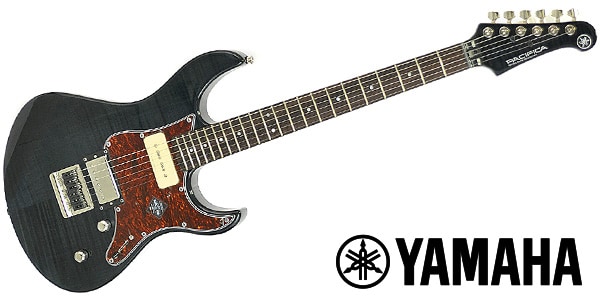
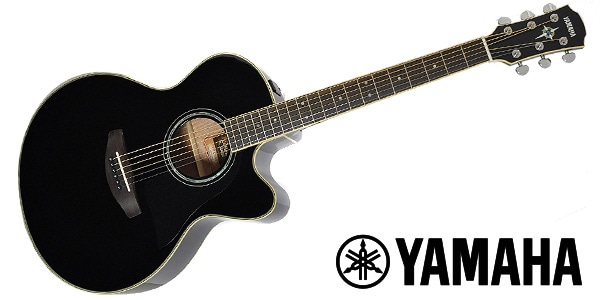
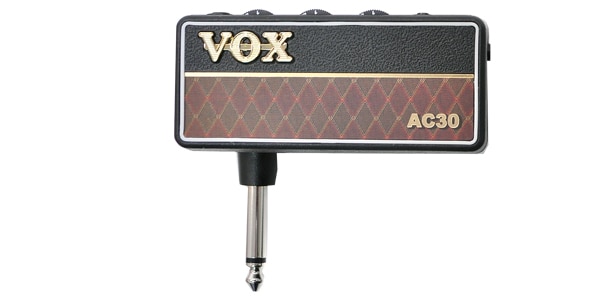
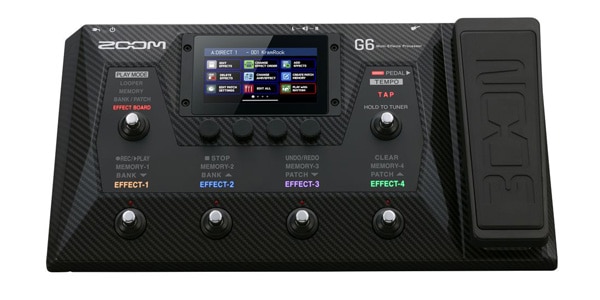










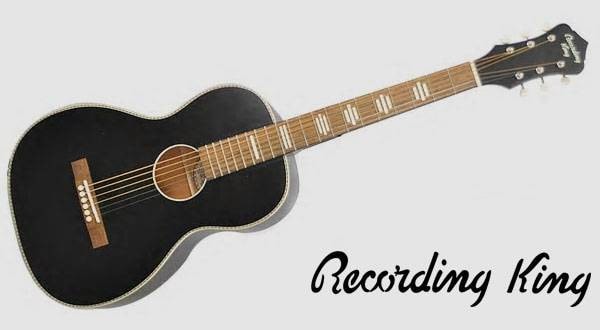
![[For beginners] Points you need to know about buying an easy-to-play guitar](/contents/uploads/thumbs/5/2020/12/20201225_5_11971_1.jpg)
![[Beginner Guitar Talk] -Is it better to buy a compact effector or a multi-effector? ~](/contents/uploads/thumbs/5/2020/8/20200807_5_10888_1.jpg)
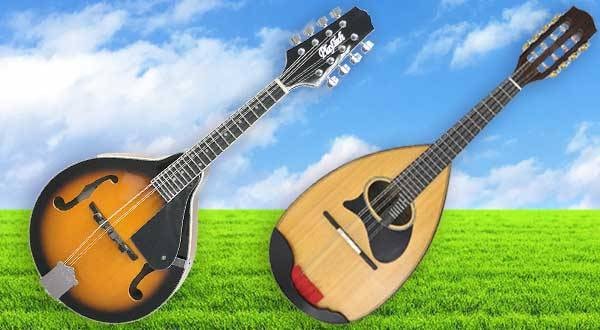
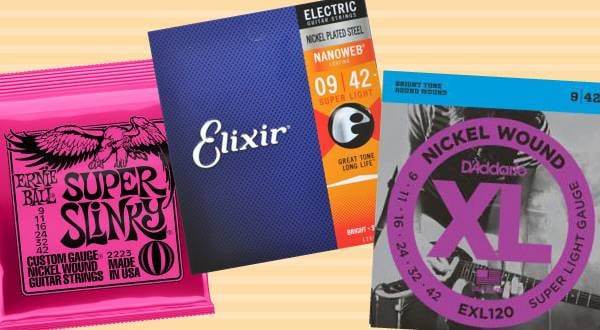
![[2025 Recommended Ranking] How to Choose Acoustic Guitar Pickups](/contents/uploads/thumbs/2/2017/4/20170405_2_1124_1.jpg)
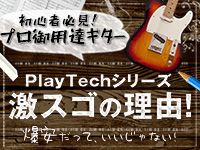 初心者必見!PLAYTECH 激スゴの理由!
初心者必見!PLAYTECH 激スゴの理由!
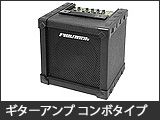 ギターアンプ コンボタイプ編
ギターアンプ コンボタイプ編
 エフェクターの種類
エフェクターの種類
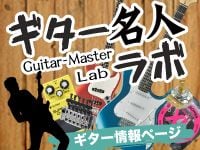 ギター名人ラボ
ギター名人ラボ
 ギタースタートガイド
ギタースタートガイド
 めちゃラク!ギター講座
めちゃラク!ギター講座















